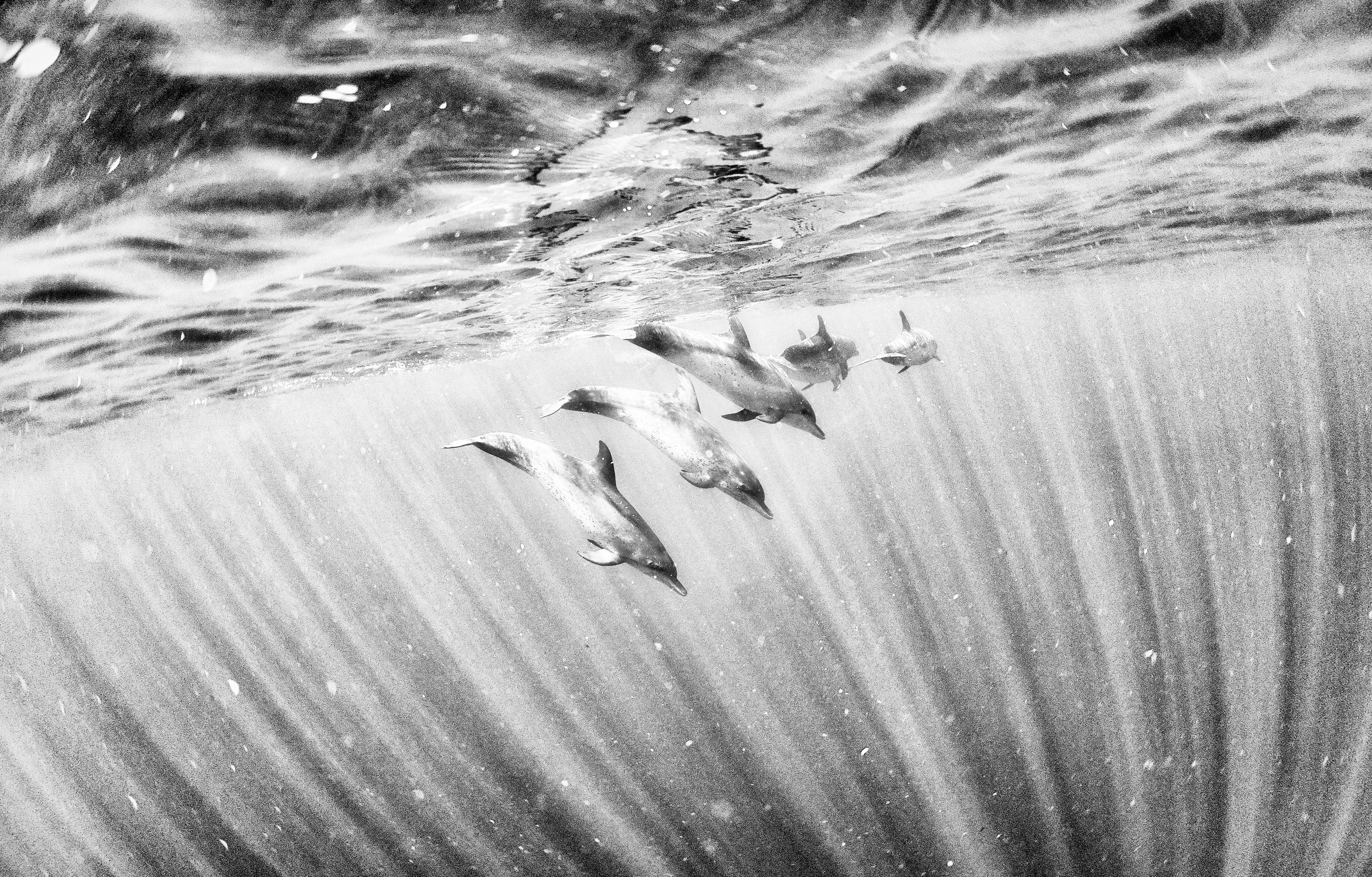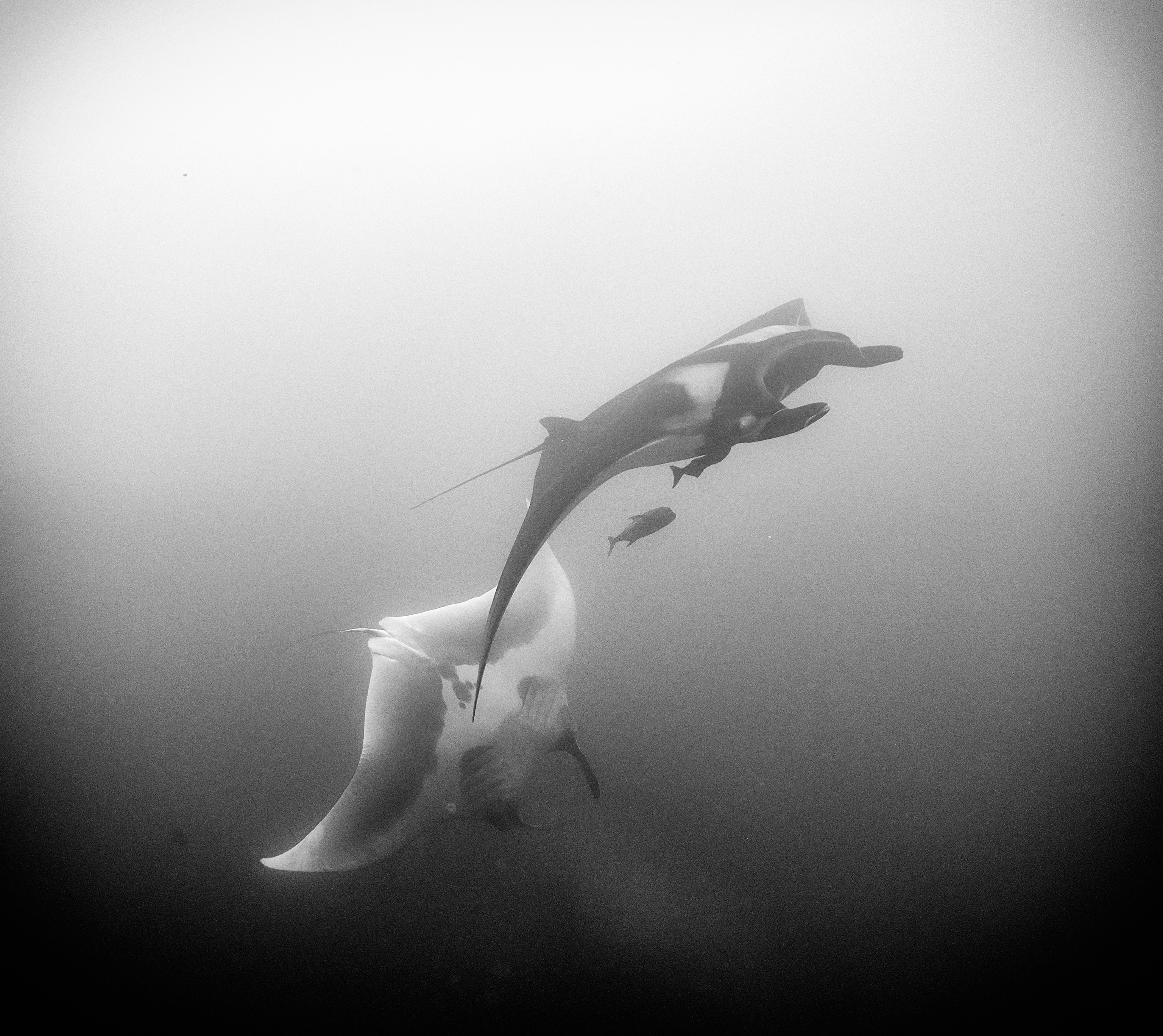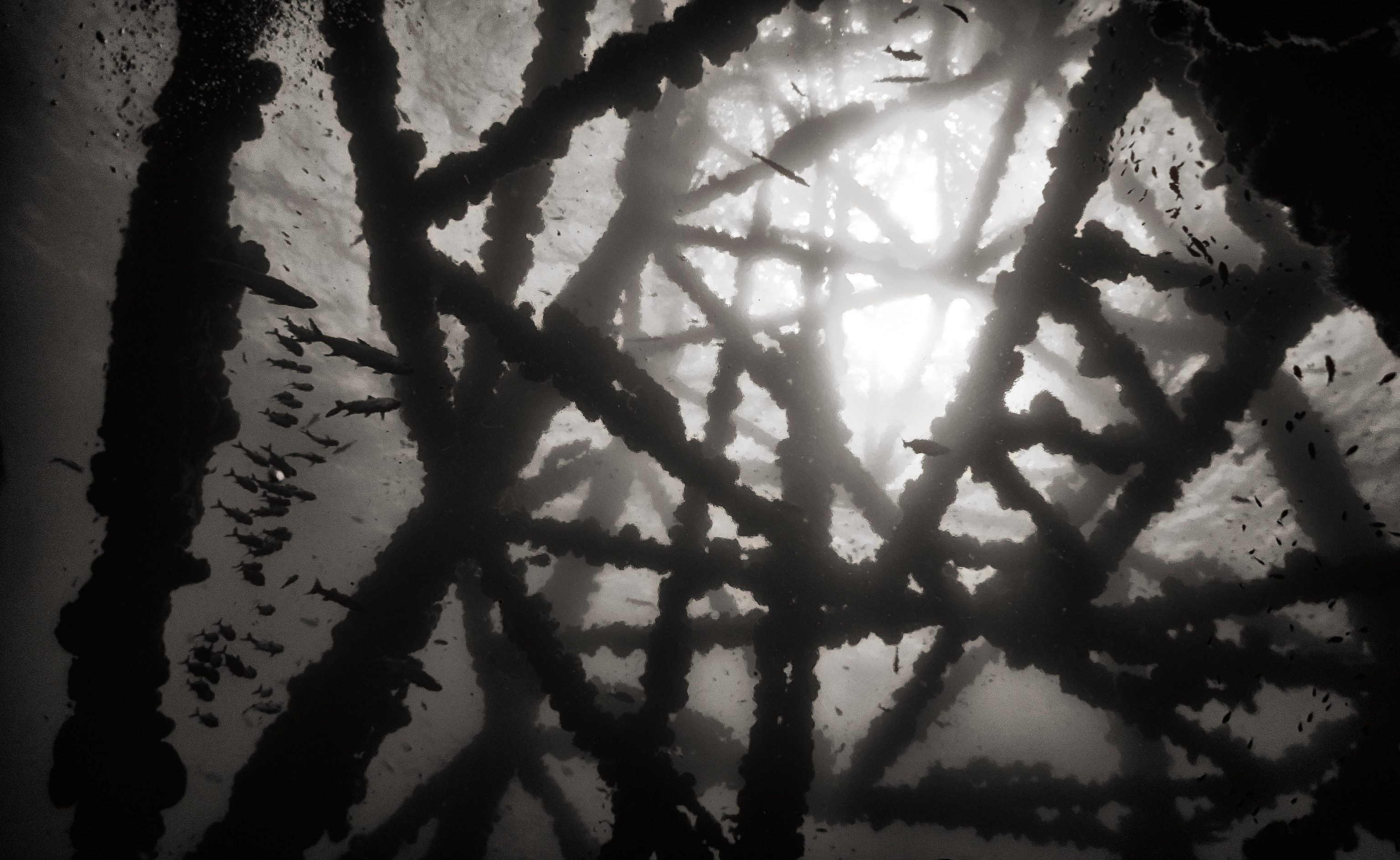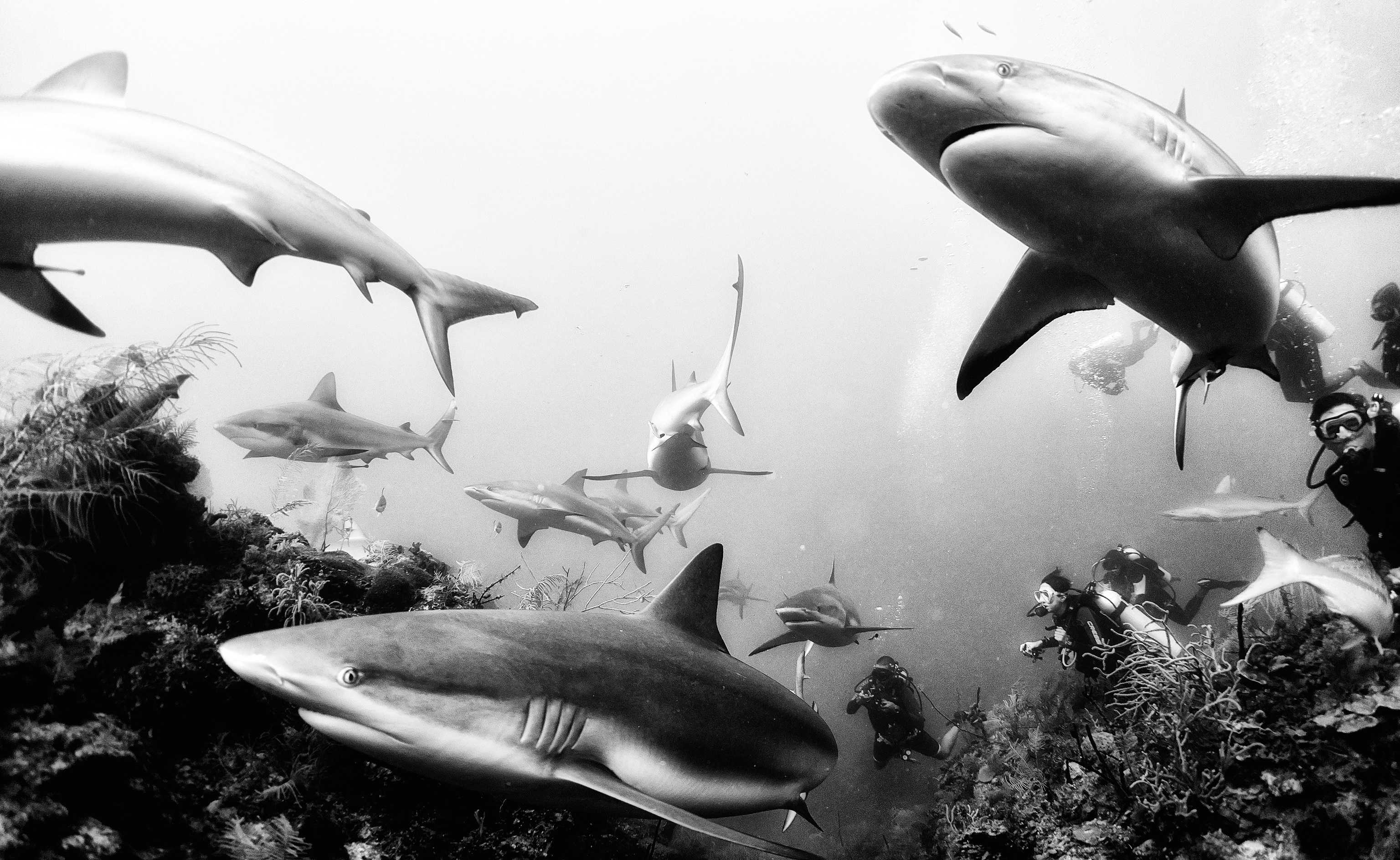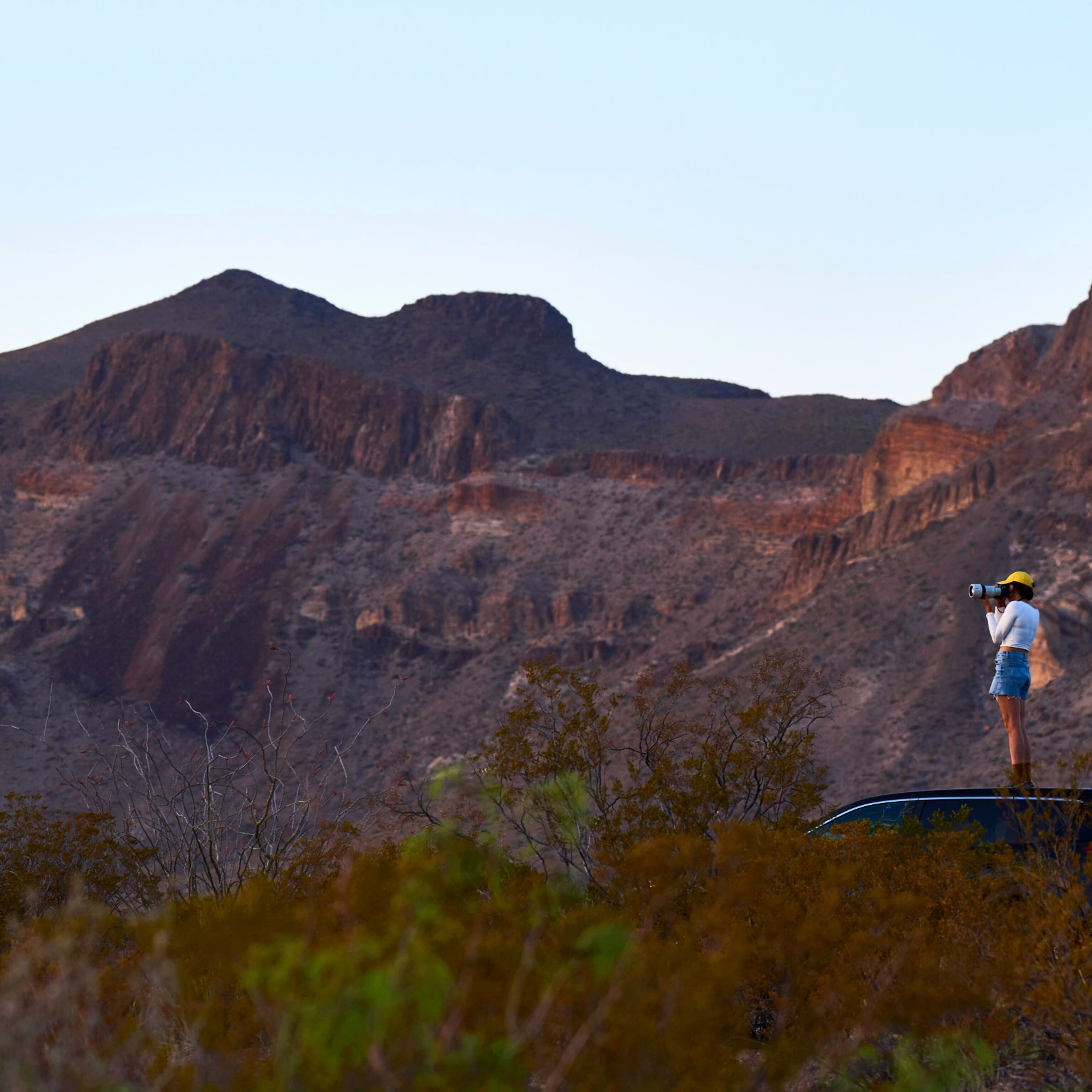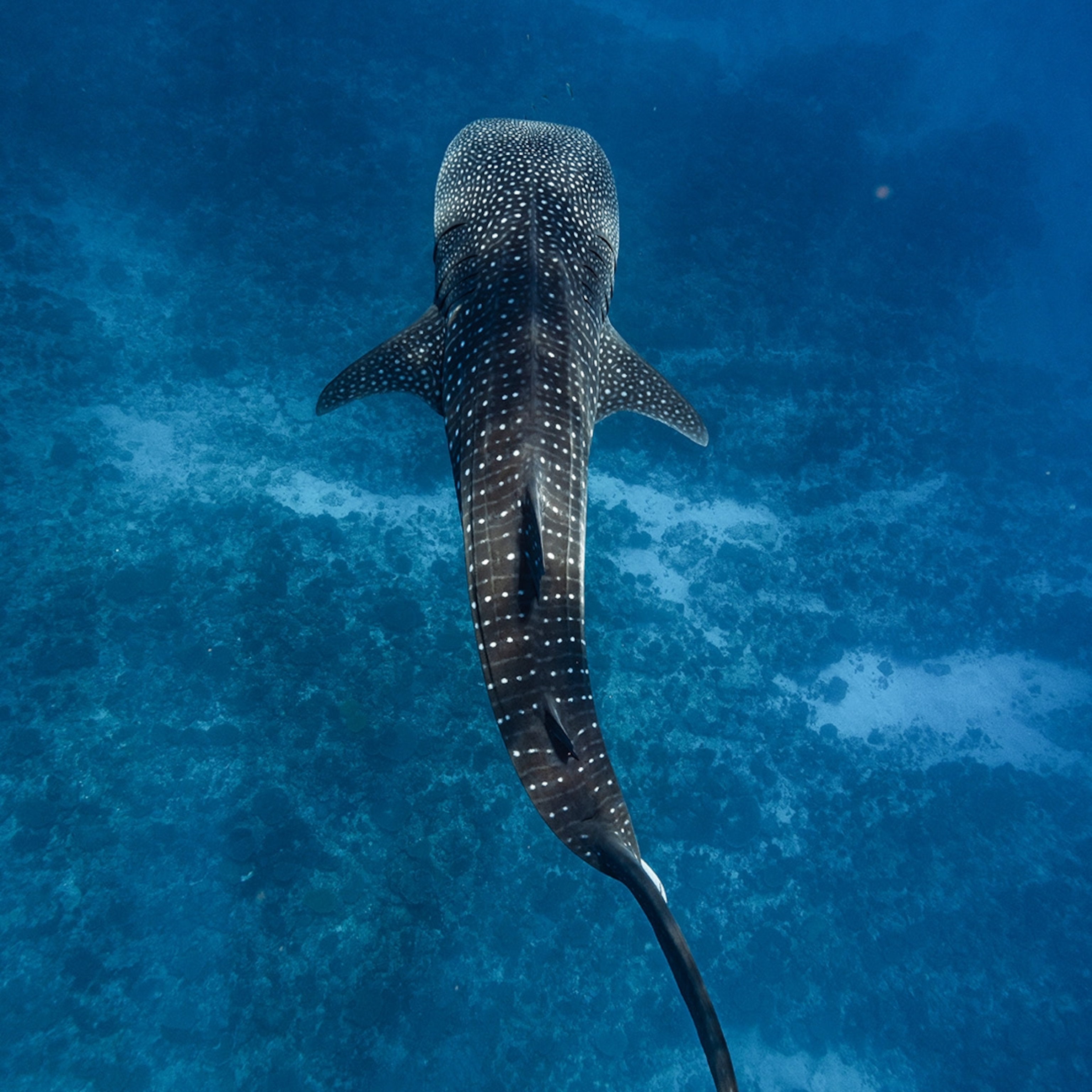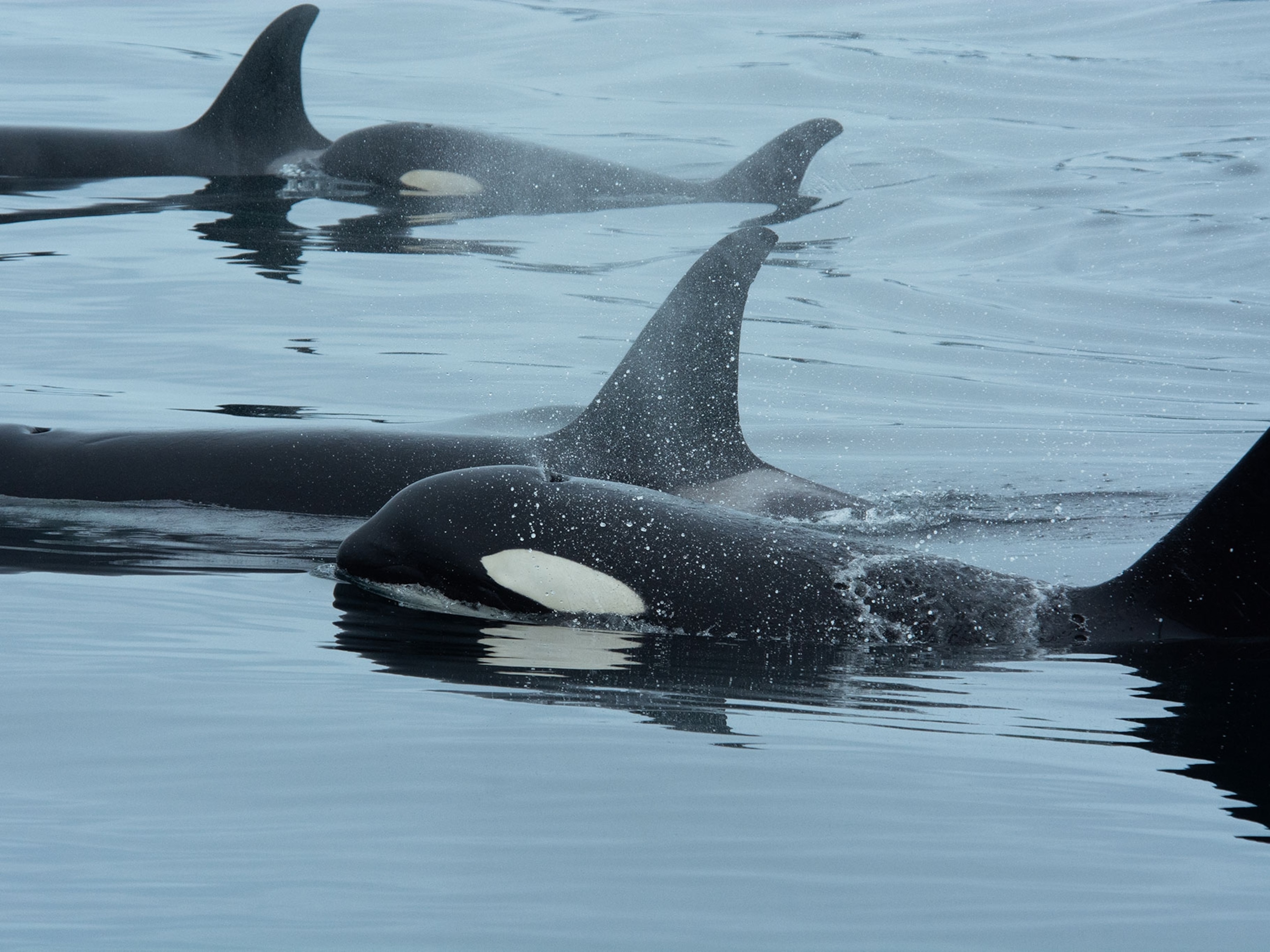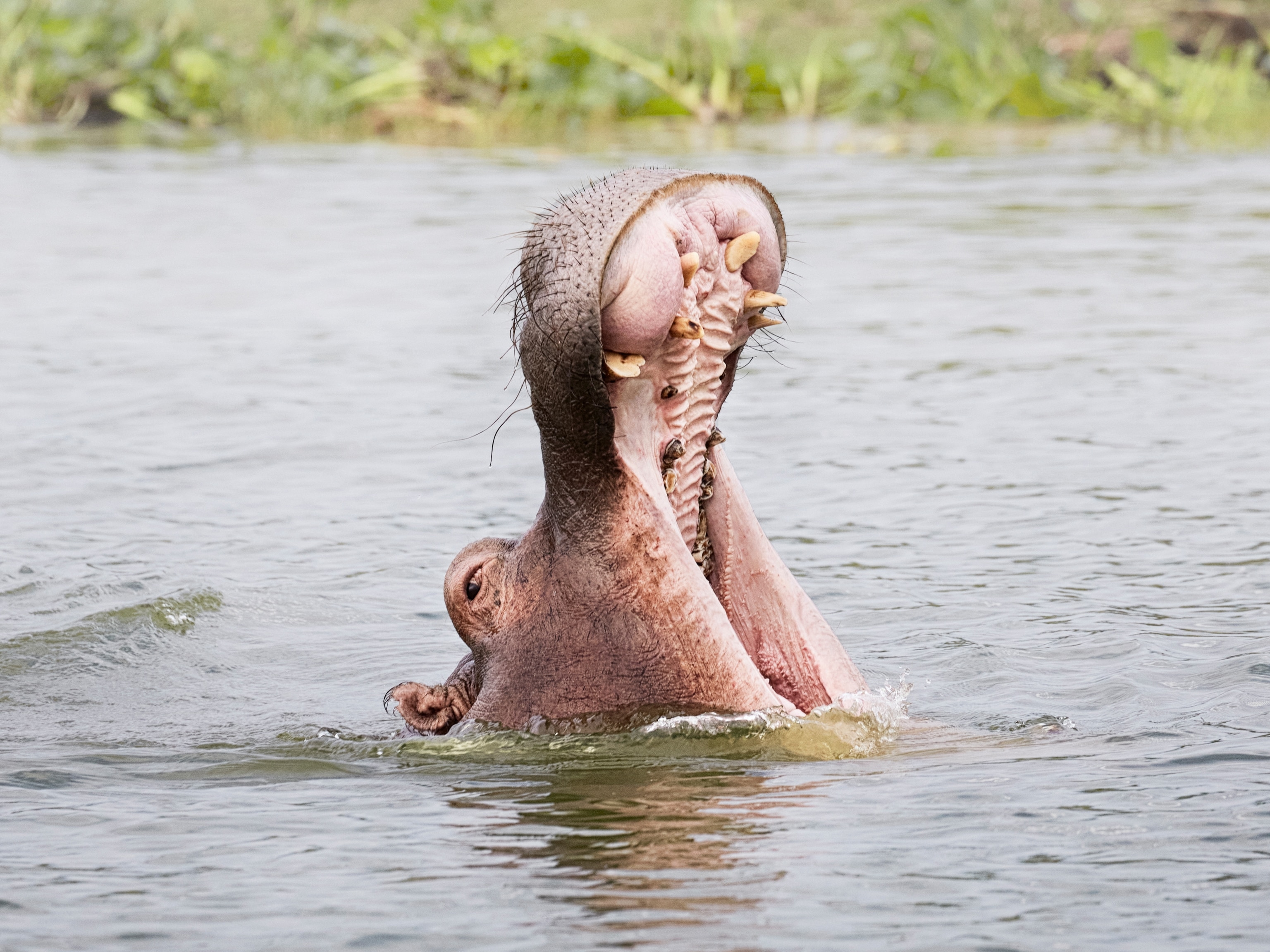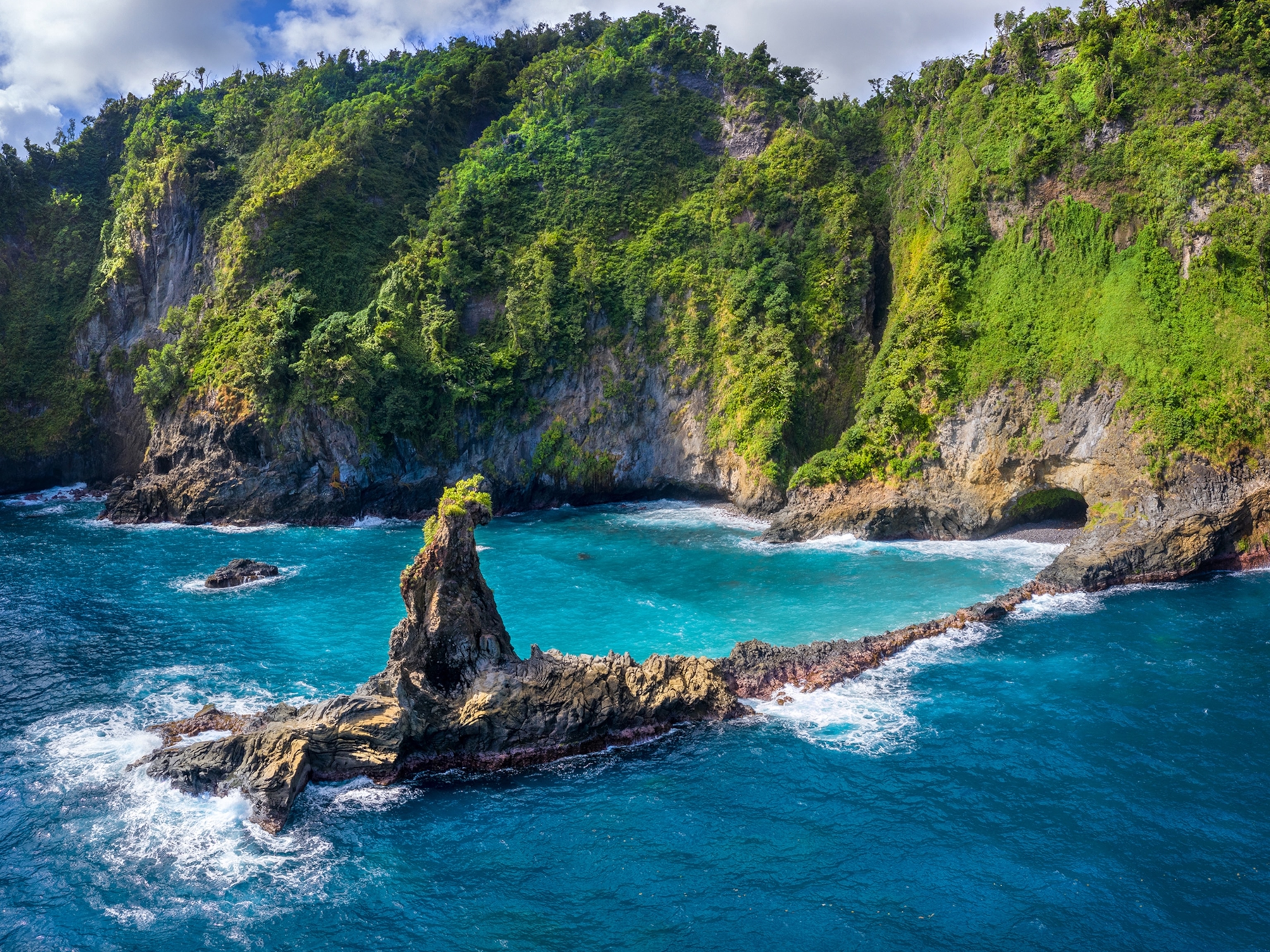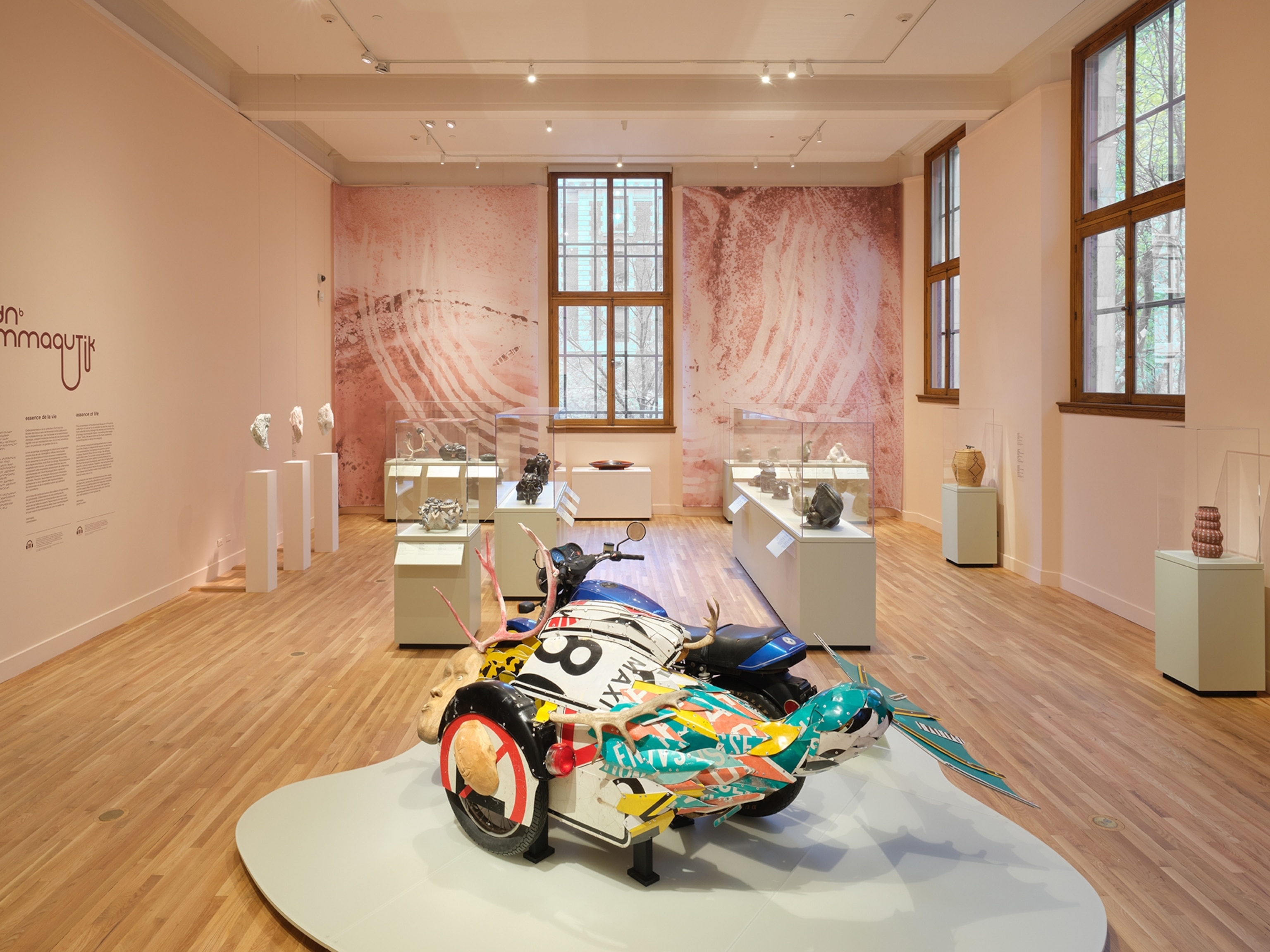
How Winning a Photo Contest Changed This Photographer's Life
Anuar Patjane won the 2015 National Geographic Traveler Photo Contest and his photo was seen around the world. Find out how winning impacted his career in underwater photography.
In 2015, Anuar Patjane Floriuk, won first place in the National Geographic Traveler Photo Contest. A year later, Floriuk shares his passion for underwater photography and how winning the Traveler photo contest has impacted his life and career.
Nat Geo Travel: In 2015, your stunning image of whales swimming off the coast of the Revillagigedo Islands swept the National Geographic Traveler Photo Contest and into first place. How has winning the contest impacted your life and work this past year?
Anuar Patjane Floriuk: Winning the Traveler photo contest was such an honor for me; I'm so very happy and proud of it. And it really impacted my life and work, especially by all the exposure that the contest gave to the winning image. Thanks to this exposure, now I see my images being used in marine conservation projects, and that makes me happy. I have been invited to join very cool projects and expeditions thanks to [winning].
N.G.T.: Tell us about making your photo “Whale Whisperers.” What took you to this location to photograph?
A.P.F.: The Revillagigedo Islands are well known in the diving communities of the United States and Mexico. In the U.S. the islands are regarded as one of the best places for diving in the world. The variety of pelagic life that you can find there is the reason I booked the expedition to the islands during the humpback whale [migrating] season. That way I would have the possibility to encounter them down there, or at least hear them.
N.G.T.: You did name your picture “Whale Whisperers.” So you hear the whales while you are diving?
A.P.F.: Yes, most of the time you can hear them, and when they are near, the sound is overwhelmingly beautiful and strong. It is the male that creates those long and repetitive beautiful sounds. This mother whale was a quiet one. I named the photo “Whale Whisperers” because the image transmits that moment between two species, sharing space and communicating not with words but with acknowledgement and body language. You can feel and know when the mother lets you get near.
N.G.T.: Did you immediately see this scene? When you took the picture, did you know you had the shot you intended to capture, or was it revealed to you later on in the edit process?
A.P.F.: Many times, I don't see the scene coming. But in this particular case, yes, I knew a few seconds before that there was going to be a lot of movement and action as soon as the mama whale and baby swam toward the rest of the diving team, so I prepared the camera for it.
At the moment I made the picture, I knew it was a good one—I felt it—but I wasn't sure that the focus was spot-on, so I had to wait until I got out of the water to check it. I created only one photograph of this event—only one—so there is no B or C version of it. I'm very glad that the focus was spot-on!
N.G.T.: You show your underwater photos in black and white. Why?
A.P.F.: Black and white is pure magic for me. I just can’t help it—black and white photography reaches my mental and emotional world in ways color can’t. Before I first started shooting underwater, most of the photographs I was creating outside the water were in black and white, so for me it was just a natural continuation of what I was doing. I remember that at first my diving buddies were surprised that I was taking all the color away from my photos, [but] now I think they like them.
I use the Sony RX100 to shoot with, which creates color raw files. For the winning photo, I had to wait until I got back home to see the final conversion to black and white. When I saw it converted, well, I stared at it for hours and really fell in love with this image, first sight. I wasn't sure that others would appreciate it—many people want to see just the whales and no humans and divers. I guess I was wrong about that.
N.G.T.: This image is part of your series “Underwater Realm.” How long have you worked on the series? Is the series complete?
A.P.F.: I have been working on the series for five years, and it’s not complete. I don't think it will ever be completed because I cannot stop diving and I cannot stop making photographs. I love these two things too much. Only when I become too old or weak will it be completed.
N.G.T.: Are these intimate moments with the animals and their world part of what makes the process of creating images underwater so special?
A.P.F.: For me, making underwater photos is a way to share my passion for the ocean and diving, and create a little awareness toward our oceans. By showing how awesome life underwater is, we can start to think and care a little more about it hopefully.
... It really impacted my life and work ... thanks to this exposure, now I see my images being used in marine conservation projects.
- National Geographic Expeditions
N.G.T.: In addition to winning the National Geographic Traveler Photo Contest, you also won second place in the World Press Photo Competition for nature, singles. Did winning the National Geographic Traveler Photo Contest influence you to enter the World Press contest? How does it feel seeing your work with major photography organizations? How have you changed the way you photograph and connect with the photo community?
A.P.F.: Winning the Traveler contest made me a little unsure about sending the winning photograph to World Press Photo. I thought that maybe it would be discarded because the photo already won a major contest, but I decided to send it anyway.
It is a great feeling seeing your work in many of the big newspapers, magazines, and news [outlets] around the world, but the nicest feeling is to see it being used by organizations for conservation purposes. That is the true and deep satisfaction—photography that serves a purpose.
N.G.T.: What advice do you have for photographers entering the 2016 contest?
A.P.F.: Always trust your intuition, either photographing, editing, or choosing an image for a contest. Don't let logic take all the control—intuition is a powerful tool and a wise way to decide things. I would trust an image that I like, not an image that I think others would like.

